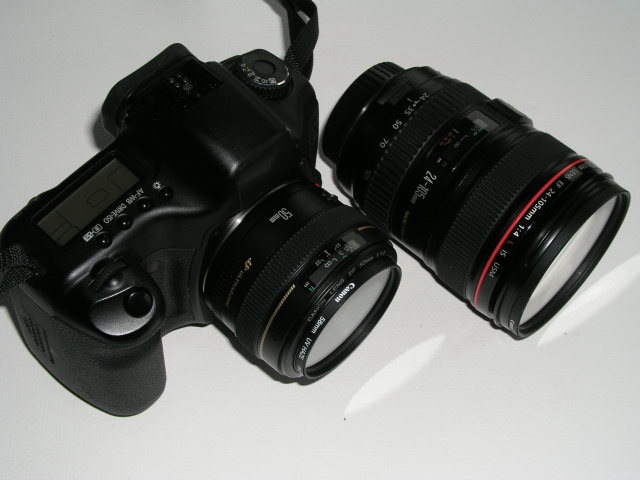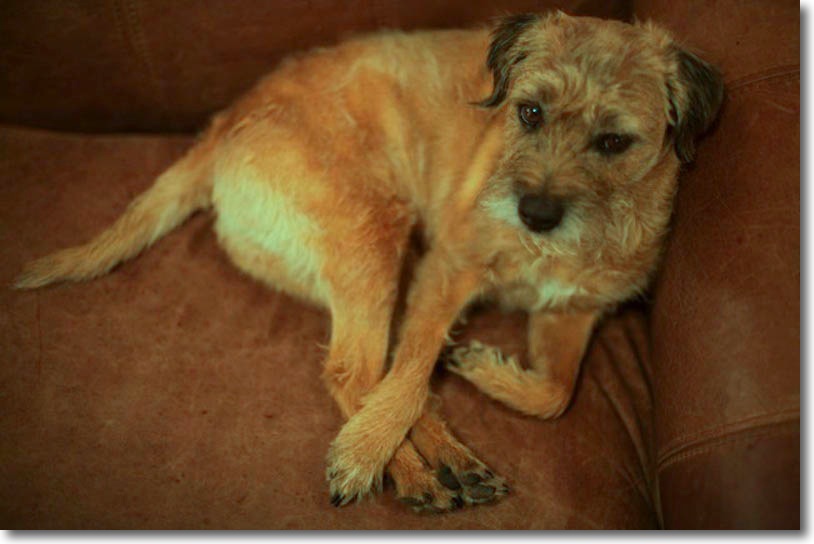f/1.4 is fast!
I have never owned a lens faster than f/2.
That said, the f/2s I have owned have invariably said ‘Leica Summicron’ on them, whether 35mm, 50mm or 90mm. Which is sort of like saying that all your sports cars have been Porsches, meaning the best of breed. At 90mm, that was an apochromatic, aspherical element lens and suffice it to say that the aperture ring on this lens only did two things – it changed the amount of light striking the film and it changed the depth of field. Definition at any aperture was the same, which is to say superb.
So I got to thinking what something faster might be like. Now f/1 is available from Leica only, and that means a second mortgage, so forget it. The f/1.2 lenses out there from Japanese makers have generally poor reputations, being more exercises in marketing, or keeping up with the Joneses if you prefer, so they are of no interest to me. But guess what? Canon just happens to make an f/1.4 for very little money and it’s auto-everything and a nice match for the 5D body. Plus, having grown up with film Leicas, I simply like the 50mm focal length.
So a couple of clicks on the B&H web site and the 50mm Canon f/1.4 was on my doorstep.

The lens is well made, if not as solid as the ‘L’, meaning the extending focusing mount has a bit of play at the closest focus distance. Auto focus is every bit as fast as the ‘L’ and, strangely, the viewfinder image does not appear much brighter than with the f/4 L – certainly not three stops (8x) brighter. Naturally, as a fixed focus 50mm, it is much smaller and lighter than the L and the absence of Image Stabilization further reduces bulk and weight. The feel, with the lens on the 5D body, is just right – a smaller lens would not feel as good in the hand. The focus ring, if you elect auto-focus override, is a bit blah – it’s geared down approximately 2:1, making for slow manual focusing.
Surfing the web, comments about this lens vary from ecstatic to disappointed, the latter writers damning the optic for soft images at full aperture. How much of this is poor Canon quality control (how much can you expect for $300, after all?) and how much is poor technique I have no idea, but my first ever f/1.4 snap suggests this is a special piece of glass.

At any rational enlargement ratio, the above snap shows critical sharpness on the right front nails and the eye, which is how I wanted it. The nose, the crowning glory of the Border Terrier, is clearly unsharp, being a few inches closer to the lens.
I took three precautions to avoid definition robbing issues. First, I used a reasonably fast shutter speed of 1/60th second. Second, in the very low lighting in which this was taken, I cranked up the ISO on the 5D to 800, knowing that grain would simply not be an issue with the 5D’s sensor. The aperture was, of course, f/1.4. Finally, and I suspect most importantly, I used Canon’s spot focusing center rectangle to place focus where I wanted it, using a partially depressed shutter buttton to lock in the selected focus point. I wonder whether many users are using the default multi-point focusing feature of Canon’s DSLRs and ending up with the wrong focus point being selected? How on earth can the camera know what you want to focus on using this technology? Optimal auto-focusing depends on a focus point with contrast and detail, as those variables drive auto-focus accuracy. Point your auto-focus camera at a white wall and just watch the mechanism hopelessly try to establish optimal focus. Selecting the nails on Bert’s right front paw satisfied the dictates for accurate focus.
So this inexpensive optic seems like a nice addition to the 5D and some more extended work will disclose whether my first positive experience is borne out over the longer term. If not, I’ll just sell the lens for eighty cents on the dollar and put the loss down as the small cost of a worthwhile experiment.